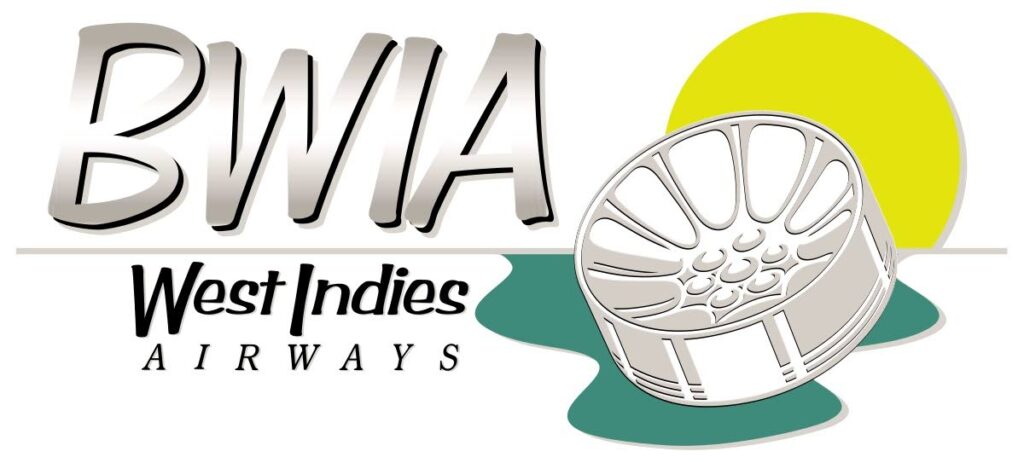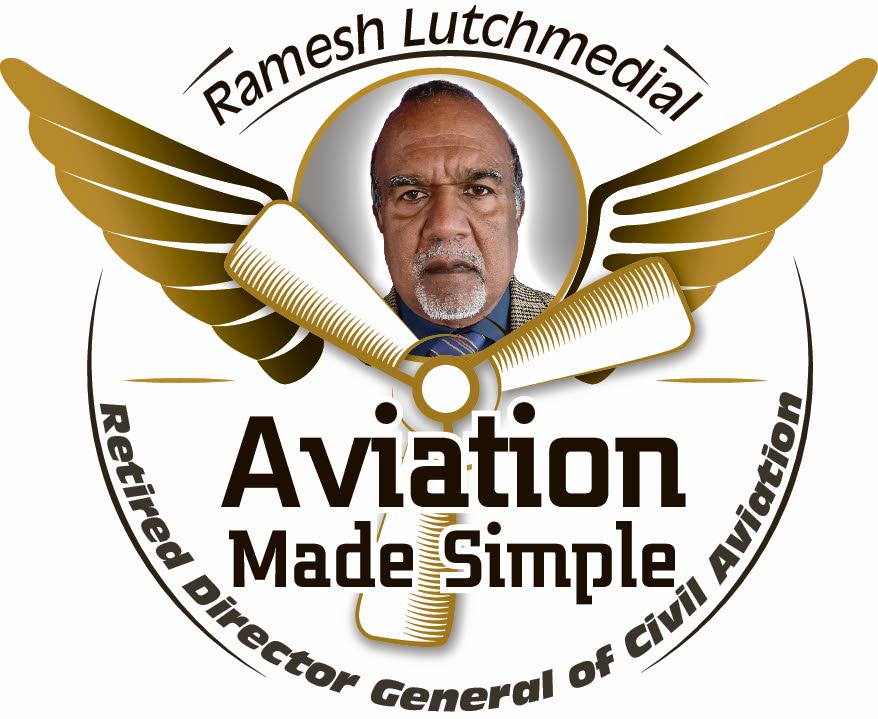Reinstating steelpan logo on Trinidad and Tobago's airline

Patriotism is devoted love, support and loyalty to one's country.
The impassioned call by President Christine Kangaloo, during the ceremonial opening of the fourth session of the 12th Parliament on September 11, for the steelpan to be firmly and irrevocably declared our national instrument was indeed patriotic.
Pan historians recorded 1890 as the beginning of the steelpan evolution. African drums were replaced by the tamboo-bamboo ensembles, which included different lengths and sizes of bamboo which simulated the four main voices of music: soprano, alto, tenor, and bass.
In the 1930s, metal bands with instruments made from metal drums, cans and other metal objects replaced the tamboo bamboo ensembles.
Immediately, a generation of young men focused on that discovery and by pounding created different notes on the pan, symbolising the intelligence and ingenuity of TT’s youth.
Today, the steelpan is a chromatically pitched percussion instrument, the music of which enthralls millions of pan aficionados all over the world.
The steelpan logo on BWIA aircraft came about because of political mistrust and insularity among Caribbean countries.
The West Indies Federation was established by the British Caribbean Federation Act of 1956 and came into effect in 1958.

Photo courtesy Ramesh Lutchmedial -
The federation comprised ten territories – Antigua and Barbuda, Barbados, Dominica, Grenada, Jamaica, Montserrat, the then St Kitts-Nevis-Anguilla, St Lucia, St Vincent and TT – with the aim of establishing a political union among its members.
One of the federation's first tasks was inter-regional air and sea transport. It established the West Indies Shipping Service to operate two multi-purpose ships, the Federal Maple and the Federal Palm which were donated by Canada. Negotiations started for the acquisition of British West Indies Airways (BWIA), then a subsidiary of the British Overseas Airways Corporation (BOAC).
There were several areas of disagreement among the federation territories, the main one being the strenuous objections by a particular country to the location of the federal capital in TT. The withdrawal of Jamaica from the federation after a 1961 national referendum led to the now famous statement of Dr Eric Williams, "One from ten leaves nought." TT later withdrew from the federation.
It collapsed in January 1962, and Jamaica and TT gained political independence from the UK on August 6 and August 31, 1962 respectively.
On November 1, 1961, the TT government acquired 90 per cent of the shares of BWIA from BOAC.
The Jamaican government spurned overtures by TT to invest in BWIA. Instead, in August 1963, Jamaica Air Service Ltd was formed, with its shareholders being the government of Jamaica (51 per cent), the British Overseas Airways Corporation (BOAC), and BWIA (16 per cent).
In 1964 the jet era began at BWIA with the purchase of three new Boeing 727-100 trijet aircraft with registration numbers 9Y – TCO, 9Y – TCP and 9Y – TCQ.
These aircraft had the traditional livery with the letters BWIA painted on the tail.

The TT government was frustrated by the reluctance of other Caribbean governments to participate in BWIA, and in 1967 acquired full ownership.
In 1968, the Jamaican government decided to shut down Air Jamaica (1968) Ltd and start a new airline, Air Jamaica Ltd.
In that same year, BWIA acquired the first of two Boeing 707-138B registration number 9Y- TDB aircraft, bought from the Australian airline Qantas.
The government of Dr Eric Williams decided to rebrand BWIA with new livery and put the steelpan as a distinctive TT logo on the tail of the Boeing 707 and 727 aircraft.
All subsequent BWIA aircraft carried the steelpan logo, including the Lockheed L1011-500 aircraft. The L1011-500 aircraft flew BWIA’s North American and European network to destinations such as Toronto, New York, Miami, London, Frankfurt, Zurich, Milan, Cologne and Stockholm displaying the eye-catching, iconic steelpan logo.
Around 1998, BWIA changed its livery to a new Caribbean green-and-blue colour scheme with a new-look 3D steelpan logo.
In 2006 the TT government of Patrick Manning shut down BWIA and started a new airline, Caribbean Airlines Ltd (CAL), which began operations on January 1 2007.
Manning, an advocate of regional integration, had a vision of CAL's becoming the single Caribbean airline, merging with Air Jamaica, Suriname Airways, LIAT and Bahamasair under an agreed governance structure and with a neutral logo.
The humming bird was chosen as the logo, since the bird is native to the Americas, with habitats in all the Caribbean islands.
However, owing to insularity, there was no participation by other regional governments in CAL.
For the past 16 years, billions of TT taxpayers' dollars have been spent to keep CAL airborne.
Therefore, the rationale for the humming bird as CAL’s logo is now totally irrelevant. Besides, a business logo is a unique symbol of its identity. There are many businesses with humming bird logos, including the now defunct Air Jamaica and the Colibri Group.
On the other hand, to this day, BWIA was the only business in the world with the steelpan as its logo.
TT citizens are very loyal to the steelpan and their national airline. CAL, which is taxpayer-owned and the flag carrier of TT, should maintain its national identity and reinstate the steelpan as the logo of the airline.
Should there be a national referendum on replacing the CAL hummingbird logo with a steelpan logo, the vast majority of respondents are likely to support the pan.


Comments
"Reinstating steelpan logo on Trinidad and Tobago’s airline"